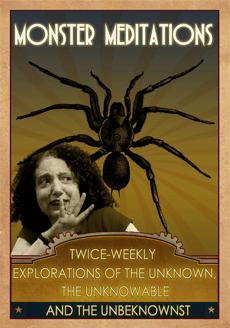A while back I took a wine tasting class. It was fun and I learned some interesting things about wine. The teacher, a sommelier, instructed us to trust ourselves and to enjoy the fact that tastes and aromas are experienced by individuals in individual ways. I might sniff raspberries in the aroma of a red wine; and you might smell black cherries. Neither of us is wrong. The chemical portrait of that aroma reads as raspberries to me and cherries to you. It might impress someone else as a noxious cough syrup aroma or a heavenly blackberry. No one is wrong. We’re all right.
She taught us to pause when we open a bottle of wine. To take a whiff and pause to “discuss it” with ourselves. To take a sip and do the same. The internal monolog trains you to identify characteristics of wine types, but it also slows you down and encourages you to enjoy the experience.
What has this got to do with ART?
Everything!
When I look at art, I have a similar ritual. No, I’m not sniffing the canvas, but I do pause and let the work speak to me directly. I get a visceral response, or I don’t get a response. This is not a binary value judgement of GOOD versus BAD. This is a gut check for that day, with that work of art, during that moment. I’ve changed my mind about many works of art after repeated viewings over years and changed my mind about many artists once as I grew and changed and saw things in their work that eluded me when I was younger.
Right now, museums are emphasizing information. More than just the who created this artwork, when/where they lived, and when the work was acquired by the museum, they seem certain that educating museum visitors is key to turning them into art lovers. This might be true; and I’ll admit that I did grow up with ART and I did take a few Art History classes along the way. But the flow of information often turns into a flood and the quest to educate, or to be educated, can overwhelm that initial, visceral reaction to art and it can undermine the individual’s confidence in their personal response to art.
I’m not saying ignore the card identifying the work of art or never listen to the curator tours, I’m just suggesting that looking first and responding without the additional information is a way of training you to actually LOOK at the work of art. You might be surprised by what you see.
Here’s an easy game. Walk into a room at a museum or a group show at a gallery, note which work draws you in and which seems to disappear. Take a deep look at the one that attracts you. Enjoy it or hate it or just let it tell you a story and only after you’ve experienced the work, check out the who, what, when… It’s fun and you might learn something about your personal relationship with ART.








I love beautiful things but…I rarely find them in museums. I can appreciate the artistry of the old Masters, but they don’t me catch my breath in wonder. With most modern art, I think I’m ‘tone deaf’ and most pieces don’t speak to me at all. 🙁
My sister-in-law though, she would know exactly what you mean. 🙂
I going to bet that you have a similar relationship with MUSIC. It’s different art forms for different people. Some people see the poetry only in poetry and others…
I’ve had some interesting conversations with musicians and were surprised, even shocked, when they expressed deep appreciation for certain pop music icons or for composers or genres I thought were to cliched or simply too sweet or simplistic to be taken seriously. But when I listened, really listened, in an effort to see what these stellar music minds heard that I was missing I often found what I sometimes find in art… I had to be more open, to give the tune some time, to drop preconceived notions, and often I heard what they were talking about. It’s another instance of the extra information getting in the way.
Let ART——whatever art it is——speak directly to you and see what happens…